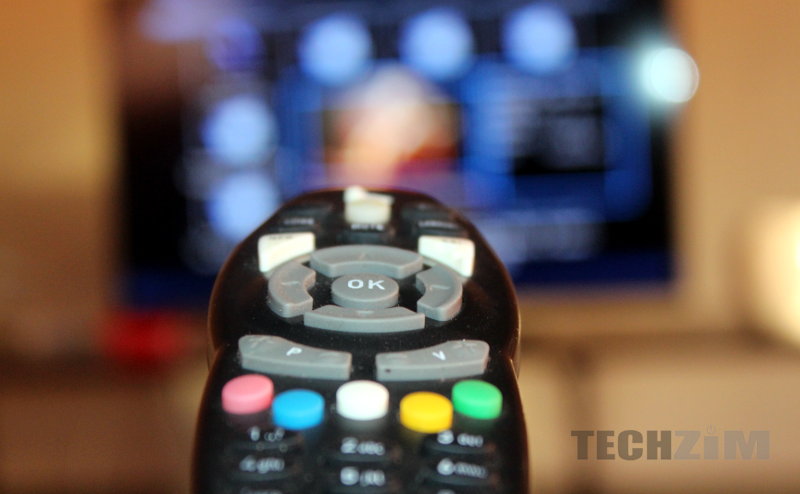When Kwese Pay TV met it’s untimely death last year and even well before that, one of the things we lamented was the lack of local content on the platform.
Kwese’s crash came down to a combination of factors and not just ultimately down to local content but looking at the role localised content plays in DStv’s current content lineup shows you that DStv’s success is not only built on bhora (the English Premiership as many speculate).
When looking at the importance of local content to DStv its important to consider that when the Pay TV service was launched in 1996 their addressable market were the people who wanted “a combination of the best local and global content”.
14 years and millions of subscribers later, are they still delivering on that promise?
How much local content is currently airing on DStv?
It’s pretty important to note that when I say local content I’m referring to content made in and for sub-saharan African region where DStv is present.
That being said, DStv’s latest financial report for the 2020 financial year has some pretty interesting statistics on local content.
The media company currently has over 56 800 hours of local content on offer and 3 850 was added between March 2019 and March 2020. The local content added was made up of 48 local dramas, 13 telenovelas, & 17 comedies.
Existing content was also localized with hit series The River getting a version tailored for Kenyan viewers.
Local content also makes up 40% of Multichoice’s General Entertainment Spend which is the cost of content acquisition (excluding sport). If you include sport I do believe that the number would shrink significantly as that is the most expensive content to acquire.
So far this year, Multichoice has added a host of local channels including Afrika Newsroom, Maisha Magic Plus and Africa News. Going forward they intend to produce 2 locally produced shows titled Blood Psalms and Rogue by March 2021. There will also be the addition of 4 new local channels though it’s not clear which regions they will cater for specifically.
Multichoice’s VoD service currently has a content library made up of 50% local content and DStv says monthly active users for the service had grown by 39% year-on-year.
How do viewers interact with this local content?
All in all local content currently takes up a quarter of the content broadcasted (in terms of minutes) and a more significant 40% of the content actually viewed. Both these figures are improvements on the figures from a year prior, suggesting audiences might be actually interacting with the content more.
Interestingly, Multichoice says that the highest audience rating of any show aired between March 2019 -March 2020 was a locally produced show, Trackers. They even say this show had a higher rating than Game of Thrones – not too surprising when you consider.
A lot of South African shows tend to be highly rated by DStv viewers (predominantly South Africans) so this isn’t entirely but the dominance over international programming is pretty interesting nonetheless and does show that local content when done right is pretty important.
Ultimately, local content has a significant role in Multichoice’s overall offering and assuming that content tailored to the customer base isn’t too important is an injustice to the quality and quantity of content they’ve invested in over the years.

What’s your take?